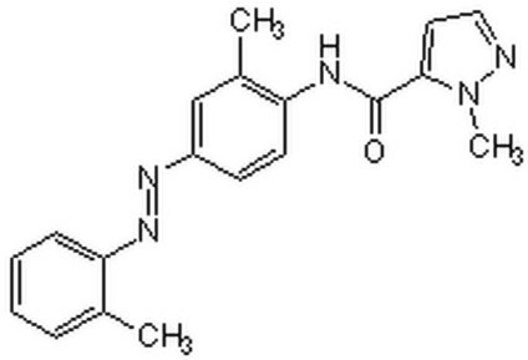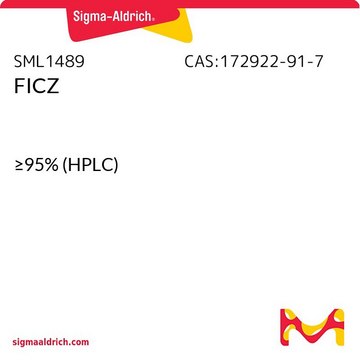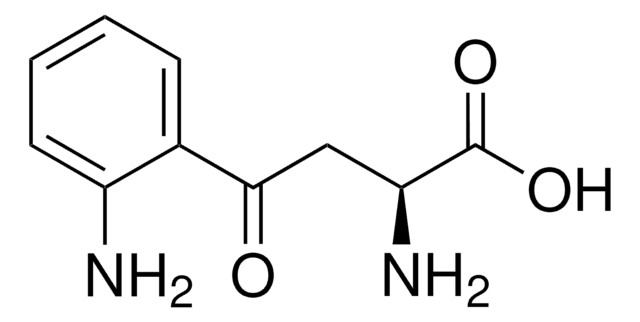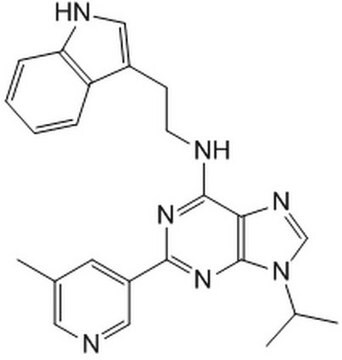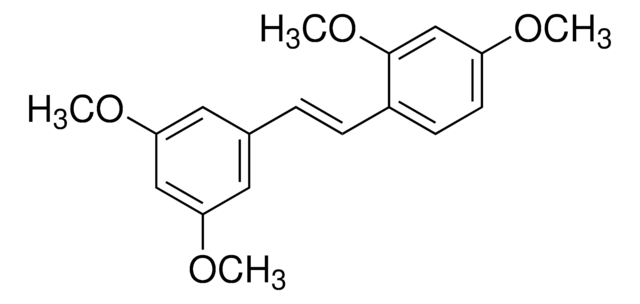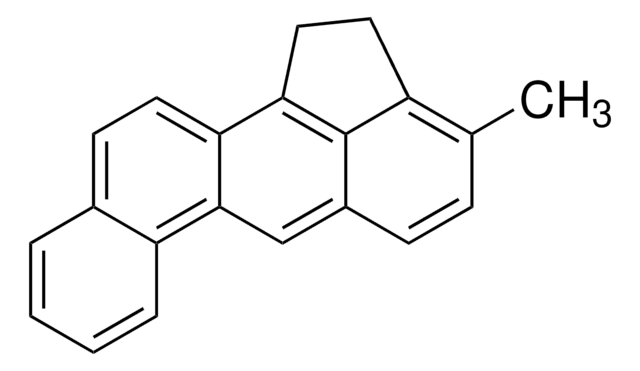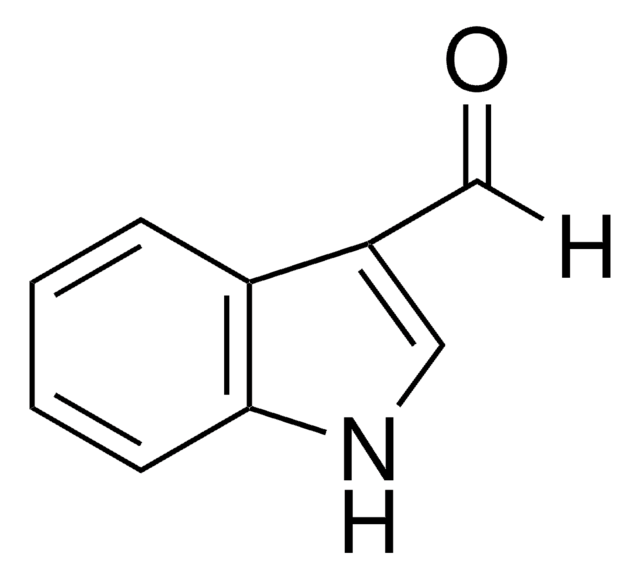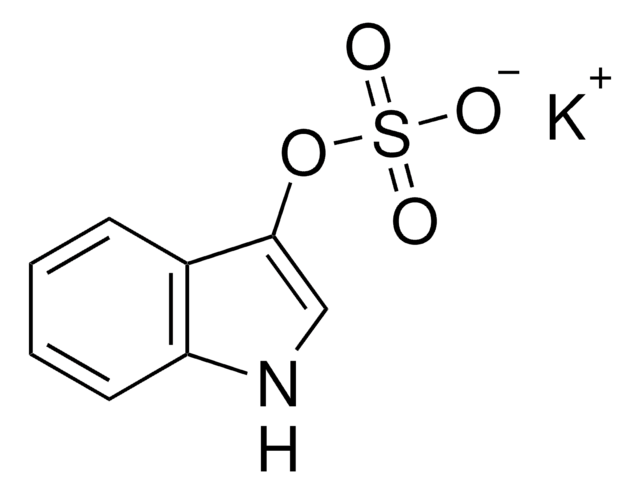C8124
CH-223191
≥98% (HPLC), powder, AhR antagonist
Sinonimo/i:
1-Methyl-N-[2-methyl-4-[2-(2-methylphenyl)diazenyl]phen yl-1H-pyrazole-5-carboxamide, 2-Methyl-2H-pyrazole-3-carboxylic acid (2-methyl-4-o-tolylazo-phenyl)-amide
About This Item
Prodotti consigliati
Nome del prodotto
CH-223191,
Saggio
≥98% (HPLC)
Livello qualitativo
Stato
powder
Colore
orange-brown
Solubilità
DMSO: ≥20 mg/mL
Temperatura di conservazione
2-8°C
Stringa SMILE
Cc1cc(ccc1NC(=O)c2ccnn2C)\N=N\c3ccccc3C
InChI
1S/C19H19N5O/c1-13-6-4-5-7-17(13)23-22-15-8-9-16(14(2)12-15)21-19(25)18-10-11-20-24(18)3/h4-12H,1-3H3,(H,21,25)/b23-22+
LKTNEXPODAWWFM-GHVJWSGMSA-N
Applicazioni
Azioni biochim/fisiol
Caratteristiche e vantaggi
Codice della classe di stoccaggio
11 - Combustible Solids
Classe di pericolosità dell'acqua (WGK)
WGK 3
Punto d’infiammabilità (°F)
Not applicable
Punto d’infiammabilità (°C)
Not applicable
Scegli una delle versioni più recenti:
Possiedi già questo prodotto?
I documenti relativi ai prodotti acquistati recentemente sono disponibili nell’Archivio dei documenti.
I clienti hanno visto anche
Articoli
We offer many products related to non-steroid nuclear receptors for your research needs.
Il team dei nostri ricercatori vanta grande esperienza in tutte le aree della ricerca quali Life Science, scienza dei materiali, sintesi chimica, cromatografia, discipline analitiche, ecc..
Contatta l'Assistenza Tecnica.